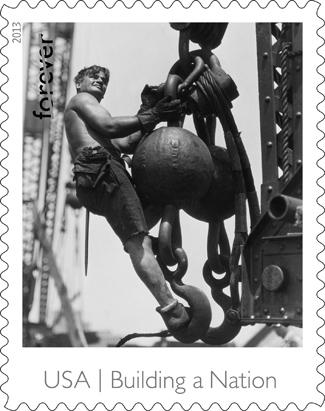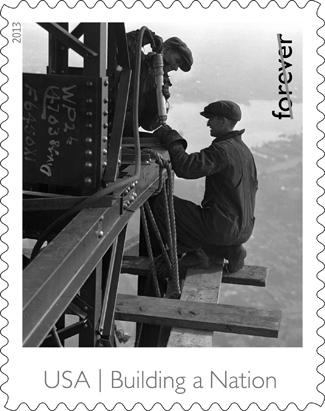"The 4 x 5 Graflex Lewis Wicks Hine carried seemed outsized in his hands, yet the photographer surprised the ironworkers -- whom Hine christened the Skyboys -- by scaling the dizzying heights alongside them to capture what today stand as some of the most arresting documentary images made." (Shutterbug)

In 1930, Lewis Wicks Hine showed up at the corner of Fifth Avenue and West 34th Street in New York City with a camera and a mission: to document the building of a 102 story skyscraper. Set during the Great Depression, men were hungry for work and signed up for a modest sum to build the mighty skyscraper. Before Hine's camera, the ironworkers raised 57,000 tonnes of steel, almost 50% more than the Chrysler Building and Bank of Manhattan combined, to form the Empire State Building. Photographing a building that reached 1250 feet, Hine used a special basket which hung 1000 feet above the ground to document the builders at work, capturing surreal images in the process. In 1931, when the Empire State Building was completed, it was the world's tallest building, a title it retained until 1972 when the World Trade Center was constructed.
Hine didn't always photograph skyscrapers. Hailing from the Populist tradition of Wisconsin, Hine always had a heart for those less fortunate. Drawn to the new immigrants who arrived daily from Southern and Eastern Europe, he worked as a photographer at the Ellis Island Immigration Station from 1904 to 1909. In 1908, the National Child Labor Committee hired him to document the violation of child labor laws in Pennsylvania coal mines and South Carolina cotton mills, a project which led to the passage of the Child Labor laws in 1938.
Ten Hine images were selected by the U.S. Post Office to commemorate construction workers of the time period, a collection titled "Made in America: Building a Nation".

No comments:
Post a Comment